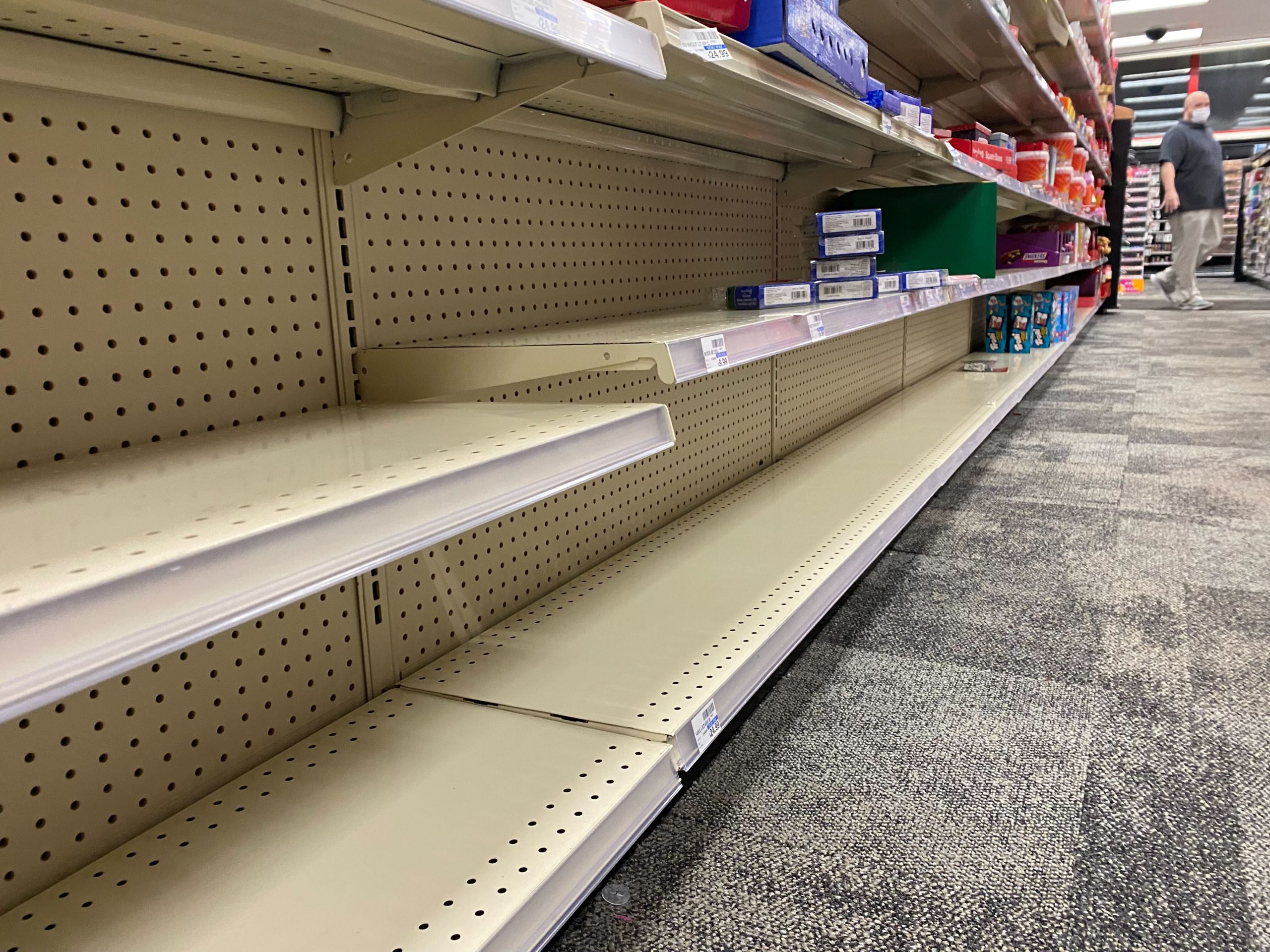
Free COVID-19 Tests Being Sent To Americans:
The Biden administration has launched a new initiative to get rapid COVID tests sent to households across America. The website “COVIDtests.gov” launched partially on Tuesday the 17th, with the full website launch occurring the following day. Through the USPS, people can have up to four tests sent to their home address from the new website.
The discussion around sending tests to Americans has been brewing for a while. The past few months have seen a marked increase in the number of COVID-19 cases.
This rise is, of course, due to the growth of the Omicron variant. Such a large influx of new cases has led to an equal increase in the demand for rapid at-home tests. For many around the country, the government has not met these demands.
There are stories of testing lines that stretch multiple city blocks or people hunting through dozens of pharmacies for home tests.
One of the reasons why at-home tests are so difficult to come by in the U.S., our tests have to pass through FDA regulation and monitoring, unlike many other countries. This regulation reduces the supply of tests at any given time and increases their price.
This fact is in stark contrast to countries in Europe and Asia, where citizens can purchase multiple tests for around a dollar. This price is far less than the $25 per test you would spend at your local CVS.
The frustration around testing came to a head when White House Press Secretary Jen Psaki mocked the idea of sending tests out to Americans at a press briefing in early December.
A few weeks later, on December 20th, President Biden announced that the United States government would send at-home tests to households.
Many have criticized the introduction due to the timing. Americans would not have access to these free tests before the holidays and could not use them to inform their decisions during such a high travel time of year.
People also met the full roll-out of the program with controversy. The website says that the average shipping times for the tests will be around seven to nine days.
This restriction will force people to order them well before any exposure or presenting symptoms if they want to know what is safe for them to do.
New Stock Legislation Headed by GA’s Own Jon Ossoff:
Lawmakers have introduced new legislation that would prohibit members of Congress from buying and trading stocks. Georgia’s very own Senator John Ossoff is leading the efforts behind this bill.
Ossoff put out a tweet on January 12th, which stated, “Tonight I introduced legislation to ban Members of Congress (and our spouses) from trading stocks…3/4 of Americans agree.”
The statistic that he states is from a recent Data For Progress poll where people were asked, “Would you support or oppose Congress passing a bill that would ban members of Congress from buying or selling stocks while in office?” The data shows that 74% of Americans would support that bill, while 19% would not.
Many of Ossoff’s fellow Senators have jumped onto this bill as well, with Senator Brian Schatz (D-HI) and Senator Patty Murray (D-WA) throwing their support behind it. Even Congress members from across the aisle show their support for this legislation.
This massive bipartisan push arrived on the heels of criticism laid towards members of Congress because of their stock trades. The STOCK Act requires members of Congress to report their stock trades publicly.
Recent compilations of this data have been circulating on social media. This data shows how well the stocks of members of Congress are doing compared to the S&P 500.
The S&P 500 is the general measure of how well the stock market is growing at any given time. If an individual’s stocks grow faster than the S&P 500, they are “beating” the market.
The data revealed that the individual stocks of 35 members of Congress, split almost evenly between parties, beat the S&P 500 in 2021.
Notable names such as Speaker of the House Nancy Pelosi (D-CA), Minority Senate Leader Mitch McConnel (R-KY) and Dan Crenshaw (R-TX) appear on the list. On average, the stocks of members of Congress outperformed most of the hedge funds on Wall Street.
The biggest worries around members of Congress trading stocks is to what degree it affects their policy-making and how many of their trades are motivated by inside information, which is illegal.
The majority of the stocks traded by members of Congress are in technology companies like Google and Facebook, distribution companies like Amazon, and in the finance sector. People have scrutinized these industries for their business practices, and many are looking towards Congress to establish regulations.
The timing of specific trades is also being examined. The data shows that large buys and sales of stocks occur just before significant policy changes shake up the market. While insider trading is difficult to prove, the timing of some of these trades leads many to question how much inside information members of Congress are using when making their portfolio decisions.
Pelosi herself was asked by a reporter in mid-December whether or not members of Congress should be able to trade stocks while in office. In her response, she said, “No…We are a free market economy. They should be able to participate in that.”
With Ossoff introducing his bill this week, it is hard to say how far it will go in the next couple of weeks. There is sizeable bipartisan support both for and against the legislation.
